MATERIALS
Most metals are malleable and ductile. In addition, two or more metals can be alloyed to create materials with properties that do not exist in a pure metal. All metals can be classified as either ferrous or non-ferrous. All ferrous metals are magnetic and have poor corrosion resistance, while non-ferrous metals are typically non-magnetic and have more corrosion resistance. Vulcan GMS has extensive experience with the following metals:
Lead
General Properties: Lead is a soft, malleable metal but also considered a heavy metal.
Common Alloys: Lead can be blended with multiple metals including antimony, tin, bismuth, and calcium. Although Vulcan GMS can blend any alloy you may need the most common alloys used are below.
- Pure lead 99.99%
- Commercially pure 99.9% (per ASTM B-29)
- .5 % antimony
- .75% antimony
- 1% antimony
- 2% antimony
- 3% antimony
- 4% antimony
- 6% antimony
- 92% lead/ 6% antimony/ 2% tin
- Pewter
- Babbitt
Raw Material Forms
- Lead ingots
- Lead sheet & lead plate (.020” – 3” thick)
- Lead foil (.001 – .020”)
- Lead blocks & lead castings
- Lead wire & lead strip
- Lead tube
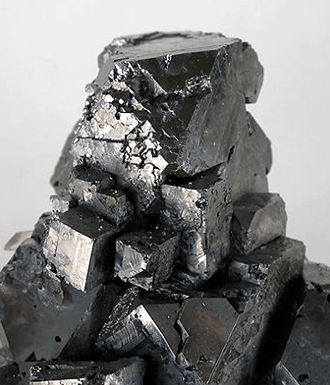
Tungsten
General Properties: Tungsten is a hard, rare metal that can be found naturally in chemical compounds.
Common Alloys
- Commercially Pure
- 97% Tungsten / Nickel / Iron
- 97% Tungsten / Nickel / Copper
- 95% Tungsten / Nickel / Iron
- 95% Tungsten / Nickel / Copper
- 92.5% Tungsten / Nickel / Iron
- 92.5% Tungsten / Nickel / Copper
- 90% Tungsten / Nickel / Iron
- 90% Tungsten / Nickel / Copper
Raw Material Forms
- Tungsten sheet & plate
- Tungsten foil
- Tungsten blocks

Molybdenum
General Properties: Molybdenum is a sintered metal like tungsten with a density of 10.28 g·cm−3.
Common Alloys
- Commercially pure
- 360
- 361
- 363
- 364
- 365
- 366
Raw Material Forms
- Molybdenum sheet and plate
- Molybdenum foil
- Molybdenum blocks
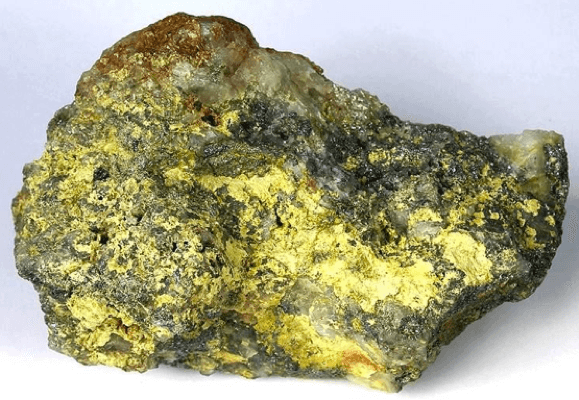
Tin
General Properties: Tin is a silver, malleable metal that is not easily oxidized with air so it is commonly used as a coating to prevent corrosion.
Common Alloys
- Commercially pure
- 95% tin / 5% bismuth
- 90% tin / 10% bismuth
- 80% tin / 20% bismuth
- 89% tin / 7% antimony / 4% copper
- 99.9% pure
- Solder
Raw Material Forms
- Tin foil
- Tin sheet
- Tin block
- Tin ingot
- Tin wire
- Tin strip
- Tin bar
- Tin tube
- Tin ingot

Bismuth
General Properties: Bismuth is a brittle metal that has low thermal conductivity during heat transfer and high electrical resistance in a magnetic field.
Common Alloys
- Commercially pure
- 95% tin / 5% bismuth
- 90% tin / 10% bismuth
- 80% tin / 20% bismuth
- 53% bismuth / 32% lead / 15% tin
- 56% bismuth / 44% lead
- 40% bismuth / 60% tin
- 58% bismuth / 42% tin
Raw Material Forms
- Bismuth sheet and plate
- Bismuth foil
- Bismuth block
- Bismuth ingot
- Bismuth wire
- Bismuth strip
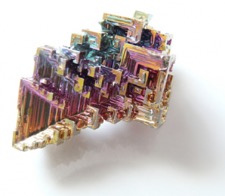
Aluminum
General Properties: Aluminum is a soft, silvery metal this is very chemically reactive. It has very low density and is very resistant to corrosion.
Common Alloys
- Commercially pure
- 6061
- 6013
- 6063
- A356
- 5052
- 2024
- 7075
- 7050
- 5086
- A356
- A380
Raw Material Forms
- Aluminum sheet and plate
- Aluminum foil
- Aluminum tube
- Aluminum bar
- Aluminum rod
- Aluminum wire
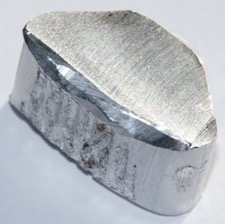
Carbon Steel
General Properties: Steel is an allow or iron and carbon. It is widely used in manufacturing because of its hardness and strength.
Common Alloys
- 1045
- 1060
- 12L14
- A36
- 1117
- AR400
- A516
- 1215
- 1144
Raw Material Forms
- Steel tube
- Steel wire
- Steel plate
- Steel sheet
- Steel block
- Steel bar
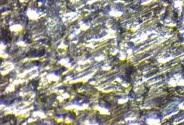
Stainless Steel
General Properties: Stainless steel is made up of iron and at least 10.5% chromium. It is resistant to corrosion and more durable than most sheet metals.
Common Alloys
- 301
- 303
- 304
- 309
- 316
- 321
- 416
- 430
- 440
Raw Material Forms
- Stainless steel tube
- Stainless steel sheet
- Stainless steel plate
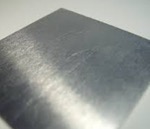
Brass
General Properties: Brass is made up of copper and zinc. It is commonly used as decoration because of its golden appearance.
Common Alloys
- C230
- C360
- C464
- C485
- Leaded Brass
- Yellow Brass
- Red Brass
Raw Material Forms
- Brass rod
- Brass tube
- Brass plate
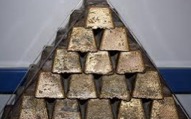
Copper
General Properties: Copper is a soft, malleable metal with high thermal and electrical conductivity. It’s often used as a conductor for heat and electricity.
Common Alloys
- Copper / zinc (brass)
- Copper / tin (bronze)
- Copper / tin / aluminum
- Copper / tin / silicon
- Copper / nickel
Raw Material Forms
- Copper tube
- Copper wire
- Copper brick
- Copper spring
- Copper plate
- Copper sheet foil
- Copper block


